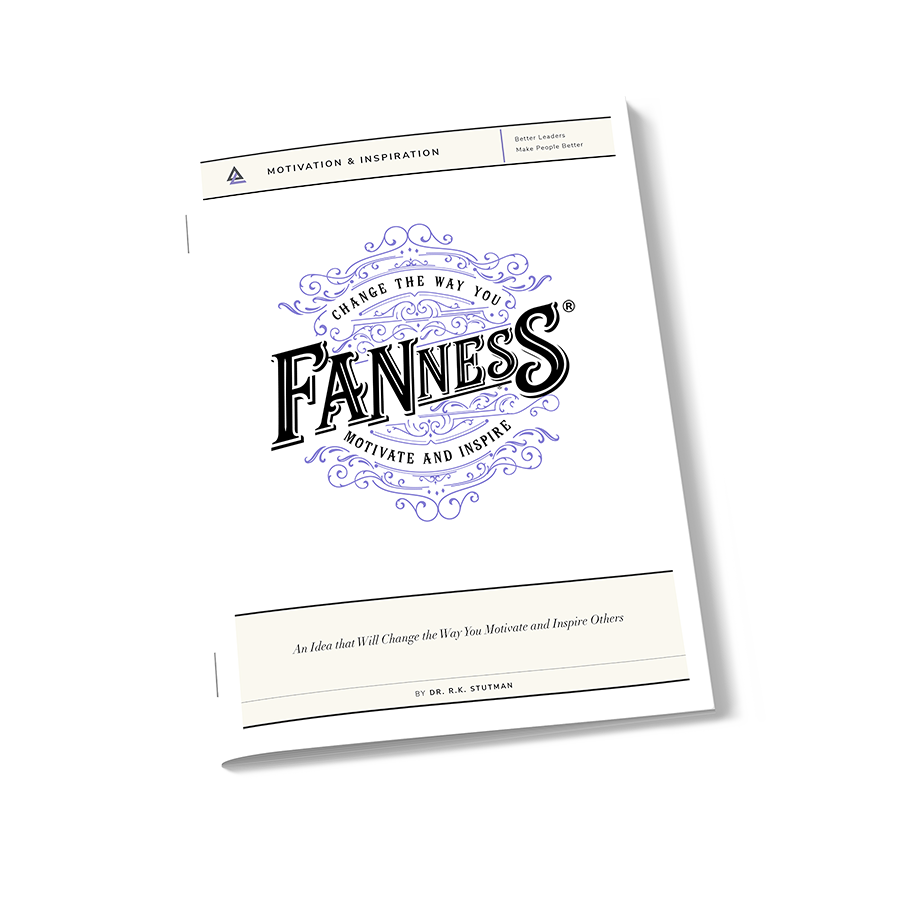Competitors can be a source of learning, growth, and inspiration — if leaders let them be.
They can provide the foil and contrast by which leaders can judge the quality and approach taken in their organization to the same problem.
The insights and questions that arise from a thorough analysis of a competitor can often create a springboard to new ways of thinking.
The critical move is to avoid starting with comparison. Deconstructing exactly what the competitor is doing and why is the first step in the learning process.
Take, for instance, the example provided by the Ford Motor Company in their search for a better electric vehicle design. CEO Jim Farley admitted that he was “humbled” after engineers tore apart a Tesla Model 3 and several Chinese electric vehicles in 2022.
After dismantling the cars, he discovered “shocking” differences in design and parts that forced the company to completely rethink how it built cars.
Ford learned it had to catch up to its competitors so the company could compete in the future. They moved aggressively, not to copy but to improve their own manufacturing approach.
Deconstructing a competing product, service, offering, or performance requires leaders to work backwards, examining the steps and decisions the competitor made to produce their work.
A host of frameworks exist that can guide the process, including a SWOT Analysis (Strengths, Weaknesses, Opportunities, and Threats), the Three-Phase Approach (Assess, Benchmark, and Strategize), and the Value Chain Analysis (assess which activities create value or waste resources compared to competitors), among others.
At the conclusion of the deconstruction process, leaders must ask the question: What insights can we apply to our own thinking and design?
Sometimes the answer reveals the need for a big change, while other times the learning is incremental or small. Inevitably, a complete analysis will also uncover the missteps competitors have made. Knowing how and why they have failed helps the team avoid similar mistakes.
Comparison to the competitor seems like the natural focus of any analysis. However, this can lead organizations astray.
It is less important to learn what the competitor is doing and more important to understand why. The former creates comparison, while the latter promotes insight.
It is understanding the why that allows organizations and leaders to differentiate, innovate, and improve rather than just follow market trends.
Competitors are friends who want to show you the way to improve. Taking a hard look at why they do what they do can be tremendously valuable.
The best leaders refrain from comparison and focus on learning instead.

Learning From the Competition Can Make You Better
Sign-up Bonus
Enter your email for instant access to our Admired Leadership Field Notes special guide: Fanness™—An Idea That Will Change the Way You Motivate and Inspire Others.
Inspiring others is among the highest callings of great leaders. But could there be anything you don’t know, you haven’t heard, about how to motivate and inspire?
Could there really be a universal principle that the best leaders follow? A framework that you could follow too?
There is.
Everyone who signs up for Admired Leadership Field Notes will get instant access to our special guide that describes a powerful idea we call Fanness™ (including a special 20-minute video that really brings this idea to life).
